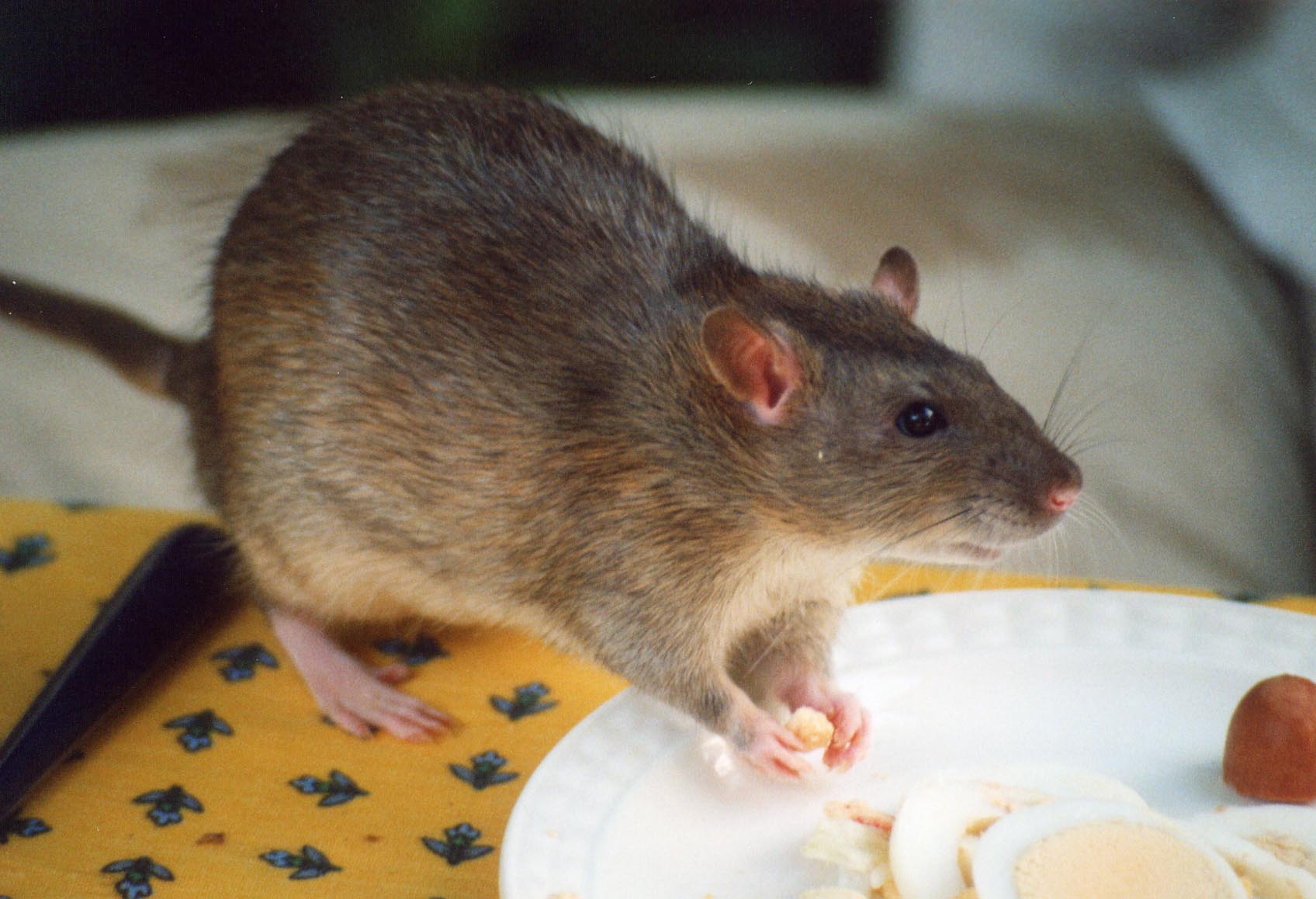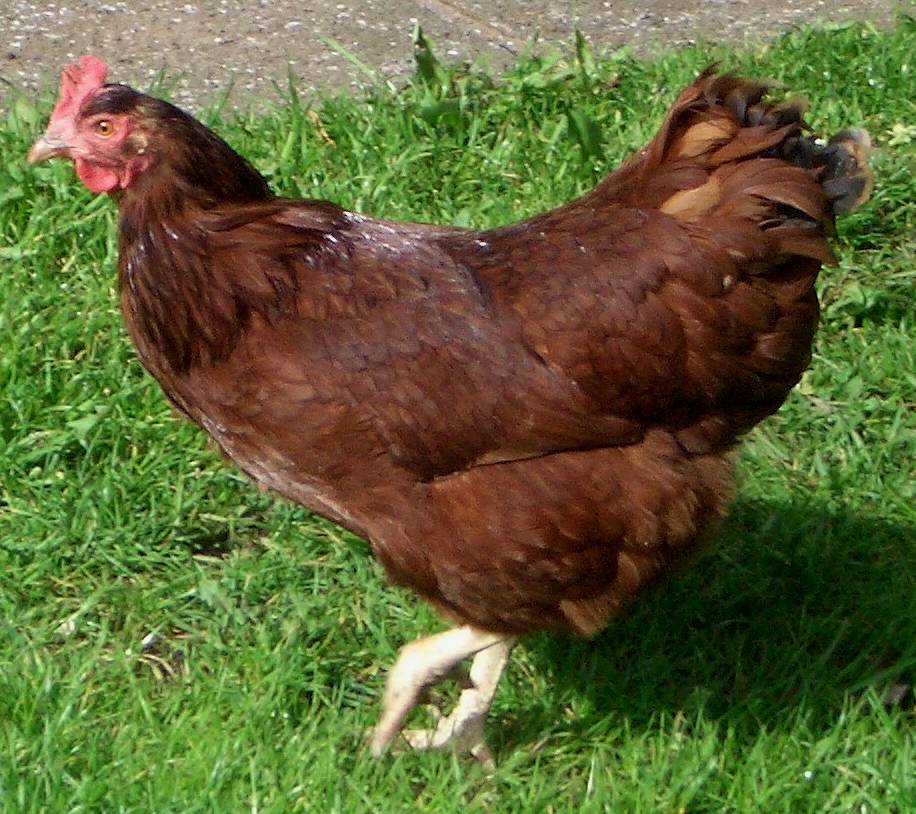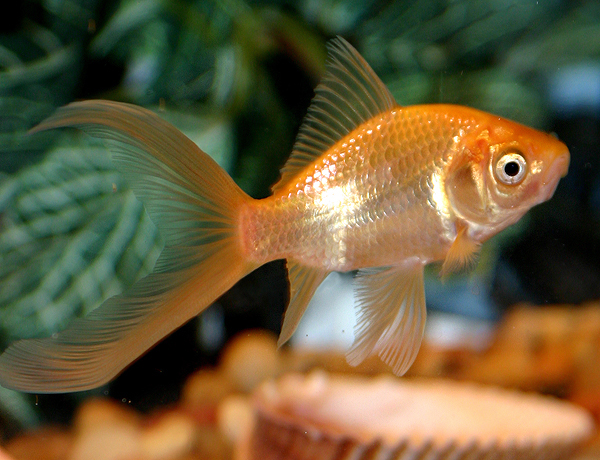Orexins and Animal Behavior
Biology 342 Fall 06
Phylogeny
Orexin is produced by vertebrate animals including reptiles, birds, mammals, and amphibians. The presence of orexin in so many distantly related genera suggests that it evolved early in the vertebrate lineage and has been highly conserved. Much of the gene sequence that encodes the receptors as well as the orexins has been conserved. Although in all animals that have been studied, orexin is produced in the hypothalamus, the specific area of the hypothalamus differs among species. The behavioral effects of orexin have not been extensively studied in non-mammals, so it is not known if it performs the same functions in all animals.
Mammals
 Orexin
has been extensively studied in mammals, particularly rats, humans,
dogs, and mice, but also sheep, pigs, cows, kangaroos, and hampsters,
among others. Most of the known effects of orexin on sleep-wake
cycles, arousal, reward systems, and feeding behavior come from
studies of mammals. The information on the following pages will
mostly relate to mammalian orexins.
Orexin
has been extensively studied in mammals, particularly rats, humans,
dogs, and mice, but also sheep, pigs, cows, kangaroos, and hampsters,
among others. Most of the known effects of orexin on sleep-wake
cycles, arousal, reward systems, and feeding behavior come from
studies of mammals. The information on the following pages will
mostly relate to mammalian orexins. top
Birds
 Chickens
have a similar orexin-cell distribution to that found in other animals.
It may have different effects on behavior, however. When a
mammalian orexin was injected in chick brains, no change was found in
feeding behavior. In addition, no difference was found in
orexin expression between animals that had been placed on a fast and
those who were given ample food. The function of orexin in chickens is still not known. (1)
Chickens
have a similar orexin-cell distribution to that found in other animals.
It may have different effects on behavior, however. When a
mammalian orexin was injected in chick brains, no change was found in
feeding behavior. In addition, no difference was found in
orexin expression between animals that had been placed on a fast and
those who were given ample food. The function of orexin in chickens is still not known. (1)
Fish
 Orexin has been identified in goldfish (2) and zebrafish (3).
Orexin has been identified in goldfish (2) and zebrafish (3).
In goldfish, orexin-like immunoreactivity and orexin mRNA expression in the brain increases in fasted fish and decreases in fish injected with glucose. An orexin injection caused an increase in both food consumption and locomotor activity, while an injection of anti-orexin serum or glucose decreased food consumption and activity. These results suggest that orexin may have a similar role in feeding and arousal in fish as in mammals.
top
Amphibians
Orexin has been identified in the green tree frog (4) as well as at least one other kind of frog. I was unable to find any studies on how orexin impacts their behavior.Reptiles
Not many studies have been done on orexin in reptiles. I was able to find two meeting abstracts: one about orexin distribution in the brain of the green anole lizard (5) and one about orexin cell distribution in Pseudemys turtles (6). No mention was made of how (or whether) orexin affects behavior in these animals.top
photos from http://en.wikipedia.org/wiki/Wikipedia:List_of_images/Nature/Animals